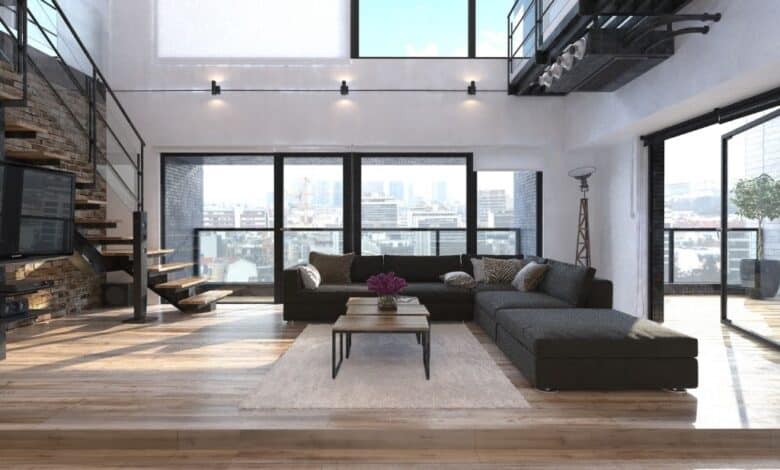
Interior design, or “iç mimarlık” in Turkish, plays a crucial role in shaping the aesthetics and functionality of spaces. Istanbul, a vibrant city that bridges two continents, is not only a historical and cultural hub but also a canvas for modern interior design practices. This article explores the significance of interior design and its relationship with Istanbul, highlighting the fusion of culture and creativity in the realm of “iç mimarlık.”
The Essence of Interior Design
Interior design, often referred to as “iç mimar,” encompasses the art and science of enhancing interiors to create visually appealing and functional spaces. It involves a meticulous process of understanding a client’s needs, conceptualizing design ideas, and executing them to transform a space into an inviting and harmonious environment. The field of “iç mimarlık” marries artistic sensibilities with practical considerations, resulting in spaces that reflect both aesthetics and utility.
The Intersection of Tradition and Modernity
Istanbul, a city steeped in history and culture, presents a unique canvas for interior designers (“iç mimarlar”). Its rich heritage, spanning from the Byzantine era to the Ottoman Empire, is reflected in its architecture and design elements. Interior designers in Istanbul draw inspiration from these historical influences while infusing contemporary trends, thus creating designs that seamlessly blend tradition and modernity.
“Iç Mimarlık Istanbul” – A Melting Pot of Styles
“İç mimarlık istanbul” encapsulates the diverse styles and influences that converge in this metropolis. The city’s position as a crossroads of East and West has led to a vibrant exchange of design ideas. From the ornate motifs of Ottoman palaces to the sleek lines of modern skyscrapers, Istanbul’s interior design landscape is a melting pot of cultures, resulting in spaces that tell stories of both past and present.
Harmony with Nature and Landscape
“Iç mimarlık Istanbul” also emphasizes the integration of interior spaces with the city’s breathtaking landscape. Istanbul’s unique geographical setting, straddling the Bosporus Strait, offers interior designers an opportunity to create designs that connect indoor and outdoor environments. A skilled iç mimar (“interior architect”) can seamlessly merge the panoramic views of the city with the interiors, allowing residents and visitors to experience Istanbul’s beauty from within.
